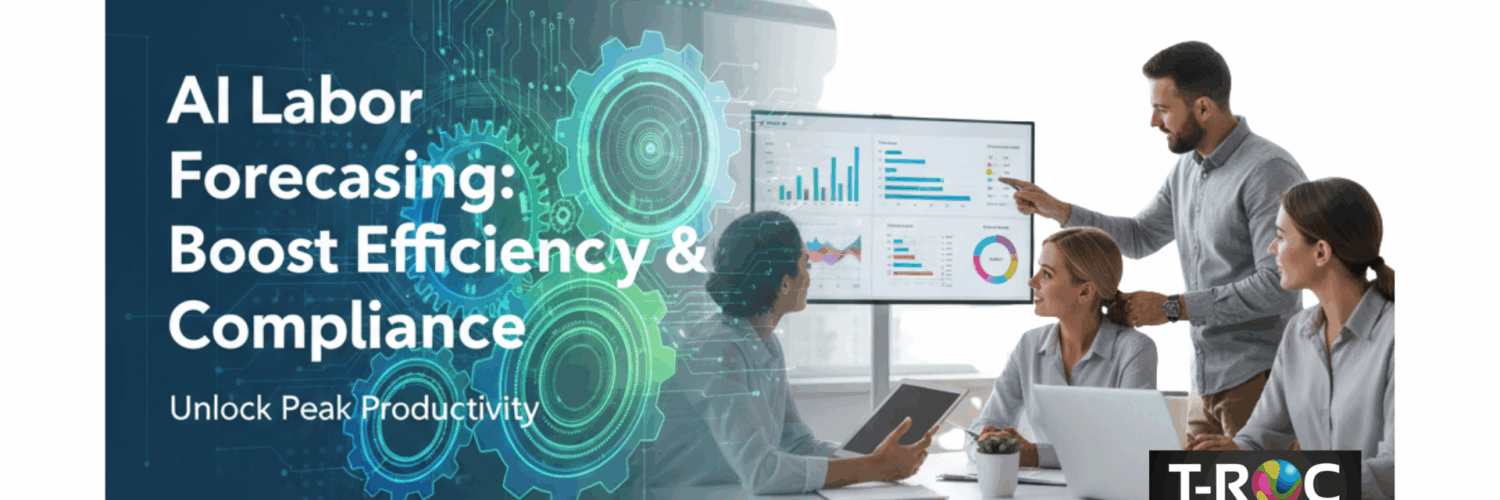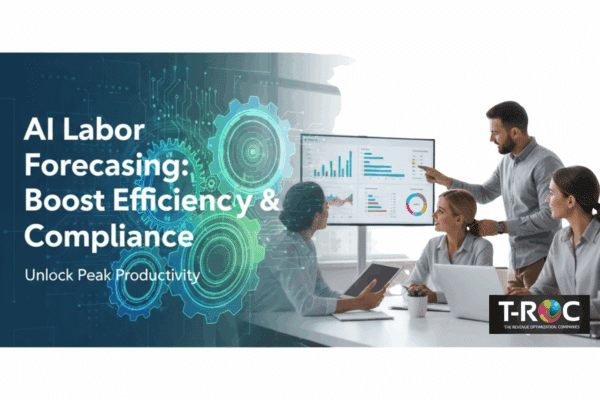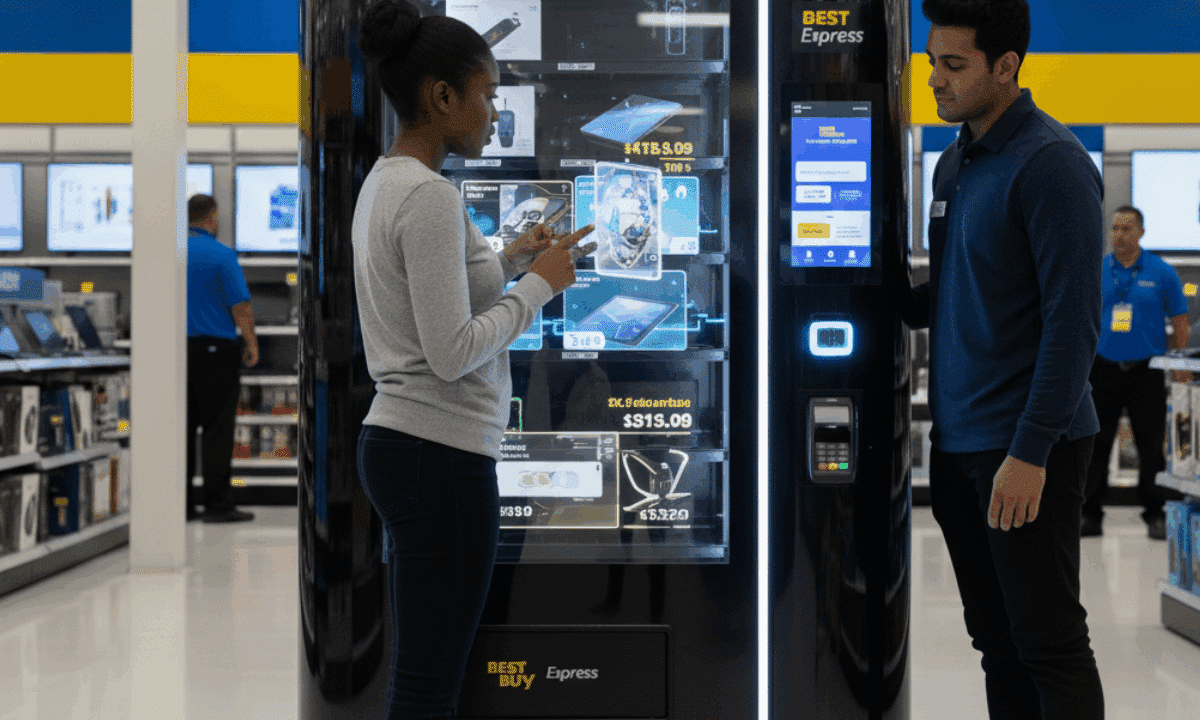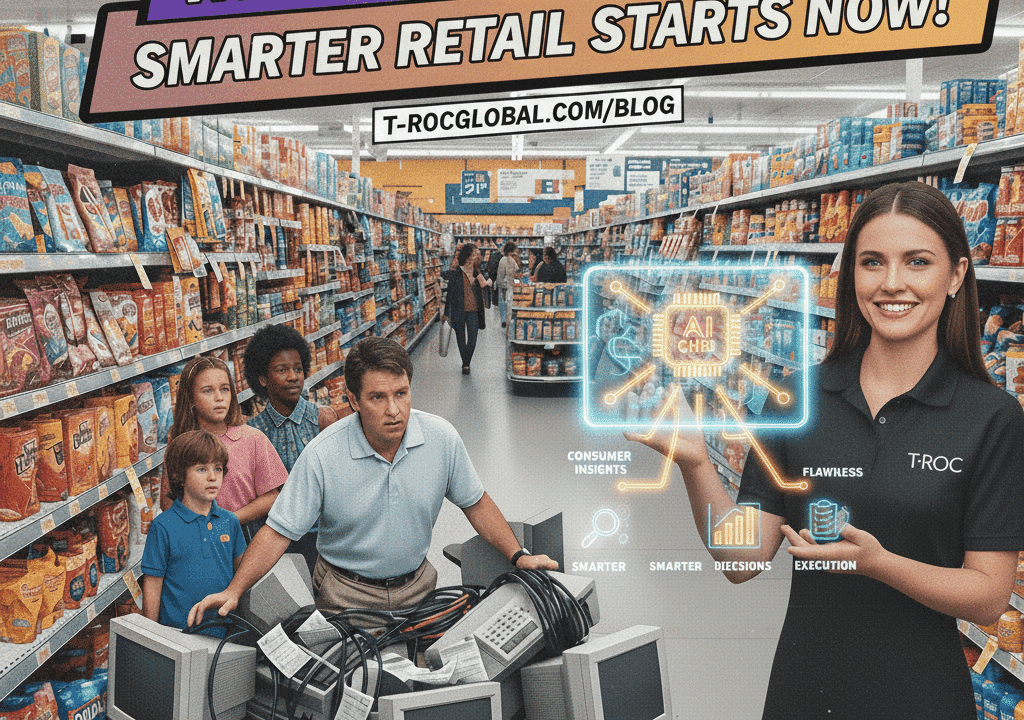
AI Labor Forecasting: Boost Efficiency, Productivity & Compliance
Artificial intelligence (AI) is rapidly shifting from a futuristic concept to a practical tool revolutionizing everyday business operations. For quick-service restaurants (QSRs) and retailers, this revolution is most immediately impactful in the domain of labor management.
The shift toward AI labor forecasting is about more than just reducing costs—it’s about treating labor as a strategic input to maximize sales and customer experience. This approach drives three core business outcomes: superior operational efficiency, heightened labor productivity, and ironclad productized compliance.
The Strategic Case for AI Labor Forecasting
Traditional labor management is often reactive, relying on fixed scheduling templates or historical data alone. This approach fails to account for critical, fluctuating variables like weather, local events, promotions, or even the performance of specific employees.
A recent industry poll highlighted the urgency of this challenge: 66% of surveyed business leaders stated their primary goal was to control labor costs, while the remaining third aimed to staff strategically for growth or do both. AI-powered tools directly address all these concerns by providing predictive, nuanced insights.
How Machine Learning Transforms Staffing
AI and machine learning (ML) leverage the vast amount of data generated by modern businesses—from POS sales records to clock-in times and foot traffic—to build highly accurate predictive models. These models don’t just ask, “How many staff did we need last Tuesday?” They ask, “Based on today’s unique circumstances, what is the optimal staffing level to maximize revenue while minimizing cost?”
This detailed, demand-based staffing allows businesses to move beyond simple cost-cutting toward a more powerful strategy: strategic overstaffing in specific high-growth or high-demand areas. When labor is viewed as an input that influences sales, rather than a fixed cost to control, the focus shifts to maximizing revenue and customer experience.
Operational Efficiency: Predict & Adapt
Operational efficiency is the direct result of having the right person, in the right place, at the right time. AI achieves this precision by dramatically improving the accuracy of labor demand predictions.
Improved Accuracy and Consistency
By learning from continuous data streams, the AI model constantly refines its forecasts, leading to an iterative improvement cycle. For brands with extensive networks, such as the example of Dutch Bros Coffee—which utilized AI to optimize labor across its hundreds of locations—this translates into powerful operational consistency across the entire enterprise. Every location benefits from the same data-driven intelligence, leading to a unified, optimized standard of service.
The core ingredients for this success include:
-
Clean, Structured Data: The foundation of any successful AI model. Data must be organized, standardized, and reliable.
-
Collaborative Cross-Functional Teams: Operations, Finance, HR, IT, and Compliance must work together to feed the model, interpret results, and implement changes.
-
Iterative Model Refinement: AI is not a set-it-and-forget-it tool; it requires continuous monitoring and refinement to adapt to changing business dynamics.
Driving Labor Productivity
Productivity is inherently linked to proper resource allocation. Understaffing leads to rushed service, burnout, and poor customer experience. Overstaffing, conversely, leads to unnecessary labor spend. AI helps pinpoint the ideal balance.
By accurately matching staff to projected demand, the system ensures that every employee is productively engaged during their shift. A team that knows it is properly staffed can focus on high-value tasks, customer interaction, and operational speed, directly improving output per labor hour. In essence, AI frees managers from the constant struggle of workforce juggling, allowing them to focus on leadership and service quality.
Productized Compliance: Eliminating Risk
Regulatory complexity is a major headache for QSR and retail operators, especially those operating across multiple states or regions with unique labor laws (e.g., meal break requirements, maximum shift lengths, predictive scheduling mandates).
Automating Legal Requirements
AI labor forecasting tools can embed compliance rules directly into the scheduling process. This is the essence of “productized compliance”—the legal and regulatory requirements are baked into the software, making adherence virtually automatic.
For managers, this drastically reduces the risk of human error, accidental non-compliance, and the significant financial penalties associated with violations. It provides peace of mind that every shift, every break, and every schedule change meets local, state, and federal labor laws without needing constant manual verification.
Preparing Your Business for AI Adoption
The application of AI to workforce management is powerful and now readily available for businesses of all sizes. Like interacting with an AI agent at a drive-thru or using a tool like Google Gemini or ChatGPT on your phone, these solutions have become productized and accessible.
To unlock the benefits of improved efficiency, productivity, and reduced compliance risk, QSR and retail businesses must prepare to embrace a data-centric culture and foster collaboration across departmental silos. This strategic investment is not just about catching up to technology; it’s about defining the future of your operational success.








